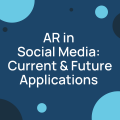How Brands Can Do Great Customer Support On Twitter And Boost The Revenue
Sahail Ashraf posted on 24 October 2016
Everyone knows that when you get service with a smile, you’re more likely to recommend the providers of the service to your friends. Make me happy, and I’ll send more customers your way.
This has always been the case in business, and it has become even more obvious as social media has steadily taken over the world. Brands that do customer support well on social media tend to build up plenty of love, and that love includes referrals and additional purchases.
But rarely is it the case that a social media platform analyses itself and customer service. That’s changed.
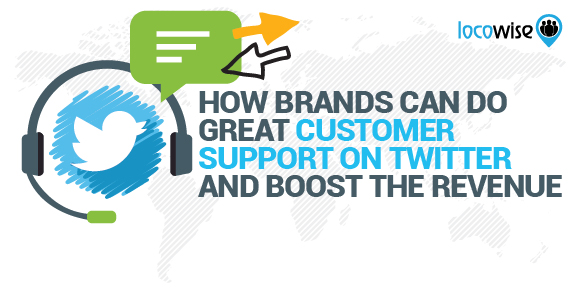
Twitter has released a report into how brands can benefit from delivering great customer service on the platform. And the results make for encouraging reading.
But first, Kevin
Back in 2010, Kevin Smith, film director, boarded a plane. Then he was shown off the plane because he was basically too big to fit in his seat. He then went on Twitter to complain. He has a fair number of followers (back then it was nearly 1.7 million), and they shared and retweeted until the whole thing became a PR nightmare for Southwest Airlines, who must have regretted selling him a ticket.
The nightmare continued, and eventually the top guys at Southwest issued apologies, via Twitter, which eventually helped the storm to die down a little. But the point had been made, and Kevin Smith, notorious for being loud-mouthed and media savvy already, was now known as the guy who could shame a brand on Twitter.
Why are we discussing Smith? Two reasons. The first is simple. We wanted to show just how powerful Twitter can be. Southwest had to submit an apology pretty quick to calm the guy down. And that is pretty heavy stuff.
Secondly, Southwest used Twitter to deal with it. The brand used the platform because they know that the PR Hell Smith had unleashed was spreading through that channel. So they delivered some slightly late customer service and stopped the whole thing before it spiralled out of control.
Therefore, Kevin Smith may be the first ever high profile example of a brand delivering real customer service (in response to a complaint) on Twitter.
So what’s Twitter saying about customer service?
Twitter started to get really fascinated by the platform’s customer service potential when they looked at airlines (see that Kevin Smith link thing we did?). Airlines were notorious for receiving complaints and whines on Twitter, and until recently were only reasonably good at dealing with them. Twitter became interested and took a look at airlines and how they managed customer service on Twitter back in 2015.
Ironically, Twitter took a look at an issue Southwest Airlines had with a customer. It wasn’t a Kevin Smith type bomb, but it was a tricky one, with a customer having an issue finding safe passage for an unaccompanied minor.
Twitter noted that Southwest responded within two minutes.
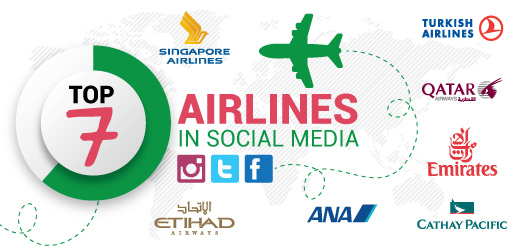
Impressive, and about fast reactions. What Twitter found is that airlines that responded quicker saw future spending levels increase with the same customers. Through the research, the social media giant found that a customer who received a response from an airline brand within 6 minutes would spend $20 more in a later transaction.
The research also found that if an airline took over an hour (that’s just an hour) to respond, then future spending only managed $2.33 more in the next transaction.
Beyond airlines
So Twitter found out a lot about airlines and how they used customer service on the platform in 2015. The research with Applied Marketing Science gathered pace in 2016 and spread out to other industries. The research has one key headline figure that means something to every brand on the planet.
To quote Twitter directly:
When a customer Tweets at a business and receives a response, they are willing to spend 3–20% more on an average priced item from that business in the future.
That’s for all businesses, not just those in the airline industry. Twitter also looked at pizza companies and telecommunications companies too. The upshot is that managing customer service effectively on the Blue Bird can mean an upswing in profits.
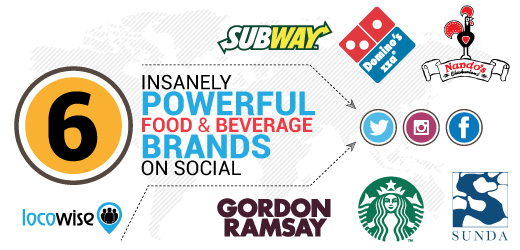
Lesson One: Respond to tweets
Twitter carried out this research itself with Applied Marketing Science, but it’s pretty thorough stuff. The lessons the two of them offer are useful for any brand. Perhaps the first and most obvious one is to actually respond to tweets from customers.
The fastest responses create the biggest potential impact on revenue. This was shown with the responses by Southwest (the Smith issue being engineered here). But the response times of pizza companies were also very important.
If pizza companies responded in less than 4 minutes, they saw an increase in future spending of $2.41, compared to the figure of $2.33 that was seen when the response came after 106 minutes.
Analyse your own profiles and see how well you’re responding to tweets from your customers. Are you responding at all? To what percentage of tweets do you respond? How fast do you respond? Start replying and interacting. And do it as fast as you can.
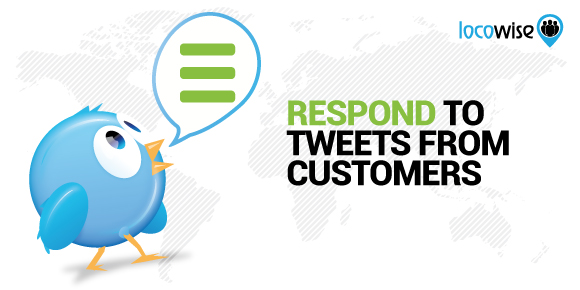
Lesson Two: Deal with negative tweets in a positive way
The bad stuff helps too. The survey found that responding to bad tweets, tweets that are negative, can significantly help the brand awareness. Customers will respond more positively if your brand has the ability to deal with negative tweets in a positive way.
Twitter essentially says here that it is much more important that you respond to negativities than if you respond to the nice and happy stuff. While it doesn’t say that you should ignore happy tweets and praise, it does recommend that negative stuff is dealt with. The reasons? There is an increase in revenue potential of up to 300%.
Analyse what people are saying to you and about you. Look through all the tweets talking about you and see what people are mentioning. Locowise Twitter report has a simple “Response Wordcloud” which shows you words people are using to reply to you and how frequently people use those words.
You can also look at our “sentiment analysis” both on the profile level and on the individual tweet level. Go to our “Content” section and in the “filter” you can filter and sort individual tweets by the sentiment score. The sentiment score levels you can view go all the way from “over the moon” and “ecstatic”, to “very sad” and “distraught”. Review everything and act (fast) where it is necessary. Get a free Locowise trial now.

People like using Twitter for customer service
Perhaps most interestingly for long-term views is the fact that customers like using Twitter for customer service more than they do other platforms. This is because they feel it is less frustrating, and this has a lot to do with responses to tweets coming from brands in seconds rather than minutes. It is the ideal place to get the exact same customer service (essentially) as you would if you approached a customer service desk in a real world store.
So, according to the platform itself, react fast and don’t be afraid to respond. It actually helps to build revenue. And avoid the wrath of Kevin Smith.
Fancy getting your hands on metrics that matter? Do it for free with a trial of Locowise for fourteen days. It makes a big difference and allows you to monitor that Twitter thing a lot more easily.





